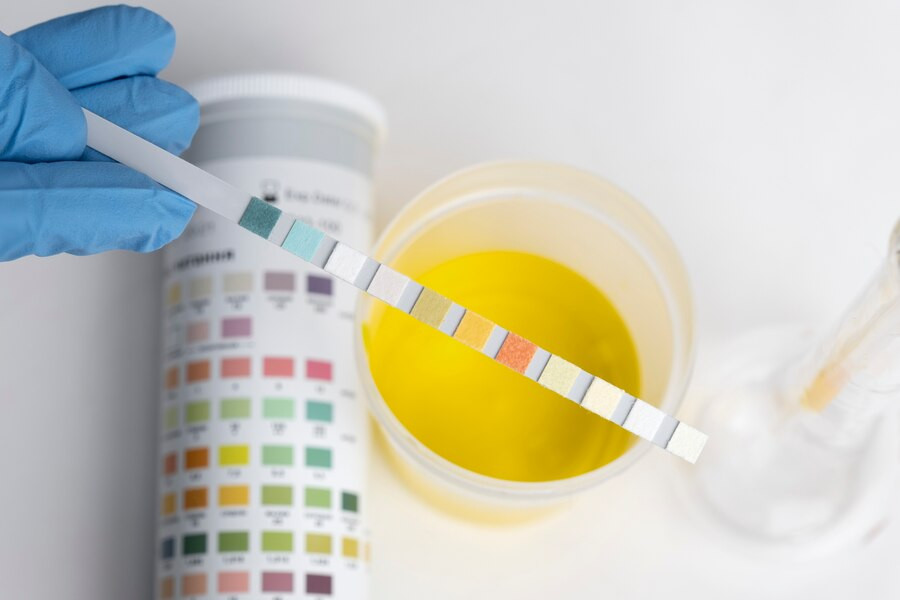Fish is an excellent source of protein, serving as a healthy alternative to poultry and red meat. It is rich in omega-3 fatty acids, essential vitamins, and minerals that contribute to overall well-being. Regular fish consumption can support heart and brain health while reducing the risk of various diseases.
However, not all fish are safe to consume in large amounts. Certain species contain high mercury levels, which can negatively impact health, particularly for pregnant women, breastfeeding mothers, and young children.
The Health Risks of Mercury
Mercury is a heavy metal naturally present in the environment, and it can contaminate aquatic ecosystems. Once in the water, mercury transforms into methylmercury, a toxic compound that accumulates in the bodies of fish.
When humans consume fish containing methylmercury, the substance can enter the body and lead to various health issues. In adults, prolonged exposure to high mercury levels may impair cognitive function, weaken the immune system, and increase the risk of cardiovascular disease. In fetuses and children, mercury exposure can disrupt brain development and negatively affect the nervous system.
Fish with High Mercury Levels
Predatory fish that occupy the top of the food chain typically contain higher levels of mercury. These include:
- Shark
- Swordfish
- Tuna (particularly yellowfin and bluefin tuna)
- King mackerel
- Tilefish
Fish with Low Mercury Levels
Conversely, smaller fish lower in the food chain generally have lower mercury concentrations, making them a safer choice for regular consumption. These include:
- Salmon
- Sardines
- Cod
- Mackerel
- Shrimp
- Crab
Tips for Choosing and Eating Fish Safely
To continue enjoying the health benefits of fish while minimizing mercury exposure, consider these safety tips:
- Opt for smaller fish, as they tend to accumulate less mercury.
- Moderate your portions by varying protein sources in your diet rather than consuming large amounts of fish daily.
- Diversify your fish choices, including freshwater fish, to reduce the risk of mercury buildup from a single source.
- Ensure fish is thoroughly cooked, as this prevents bacterial infections, though it does not remove mercury.
- Avoid raw or undercooked fish, which pose a higher risk of bacterial or parasitic contamination.
For individuals in vulnerable groups, such as pregnant women, breastfeeding mothers, and young children, it is essential to consult a healthcare professional or nutritionist to determine the safest fish options. If you need expert advice, you can also use the Ai Care app for online consultations, available for download via the App Store or Play Store.
Looking for information about nutrition, food and other diet tips? Click here!
- dr Nadia Opmalina
Mark Stibich, PhD (2024). Concerned About Mercury? Avoid These Fish. Available from: https://www.verywellfit.com/the-best-types-of-fish-for-health-2223830
Better Health Channel. Mercury in fish. Available from: https://www.betterhealth.vic.gov.au/health/healthyliving/mercury-in-fish
US FDA (2024). Advice about Eating Fish. Available from: https://www.fda.gov/food/consumers/advice-about-eating-fish
US FDA (2024). Mercury in Food. Available from: https://www.fda.gov/food/environmental-contaminants-food/mercury-food
Medicine.net (2023). Which Fish Have the Highest and Lowest Mercury Levels?. Available from: https://www.medicinenet.com/which_fish_have_highest_and_lowest_mercury_levels/article.htm
Cleveland Clinic (2022). Mercury Poisoning. Available from: https://my.clevelandclinic.org/health/diseases/23420-mercury-poisoning












